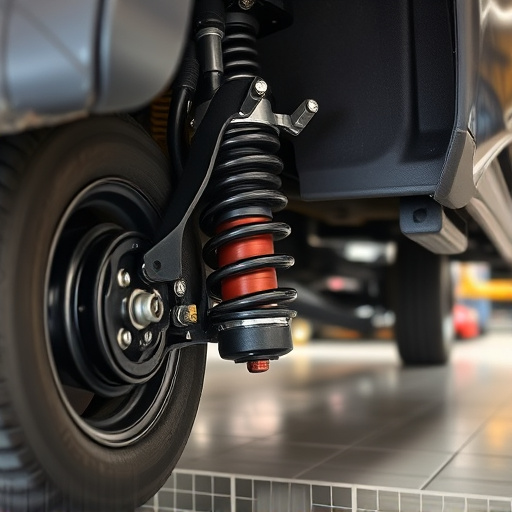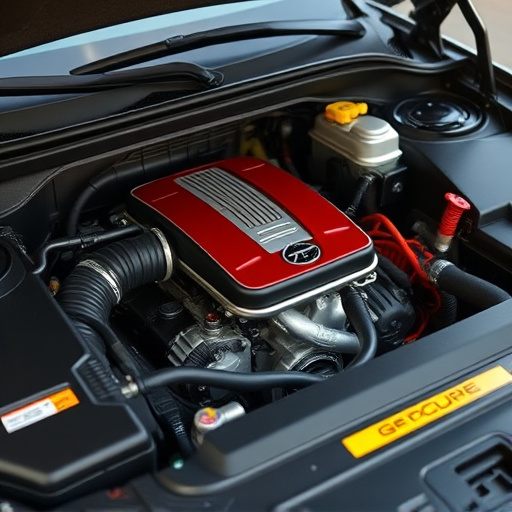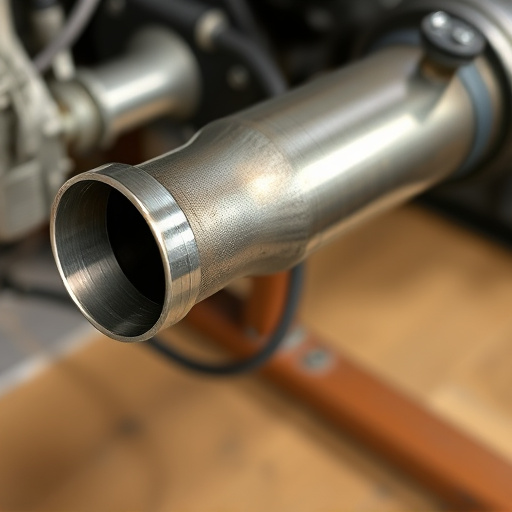Unusual sounds, vibrations, and odors during driving, especially high-pitched noises at acceleration or higher RPMs, indicate potential blow off valve (BOV) issues. These problems can cause rough idling, jerky movements, loss of power, stalling, decreased horsepower, and reduced speed. Visible leaks and distinctive odors under the vehicle are strong signs of faulty BOVs. Ignoring these symptoms may lead to engine performance issues and damage to intake parts.
Recognizing faulty blow off valves (BOVs) is crucial for maintaining optimal engine performance. This article guides you through common symptoms that signal a problem. By understanding peculiar sounds, vibration patterns, and visible signs like leaks or unusual odors from underneath your vehicle, you can identify BOV issues early on. Learn to recognize these red flags to ensure smooth driving and prevent potential engine damage caused by inefficient venting.
- Common Sounds and Vibration Patterns to Watch For
- Engine Performance Issues: Slows or Stalls
- Visible Leaks and Unusual Odors from Underneath
Common Sounds and Vibration Patterns to Watch For
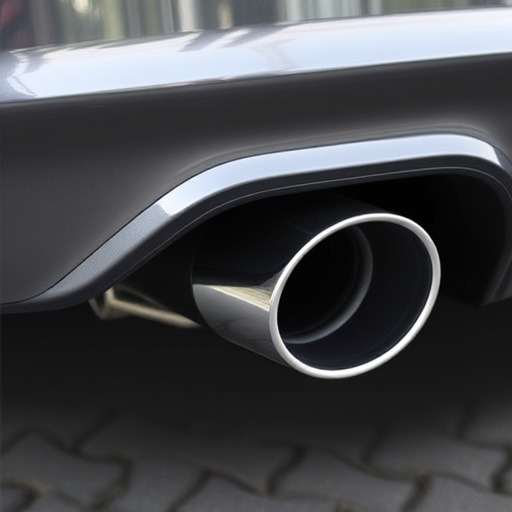
When it comes to identifying issues with blow off valves, one of the most telling signs is unusual sounds and vibrations. If you notice a high-pitched whistling or squealing noise during acceleration or when lifting off the throttle, particularly at higher RPMs, this could indicate that your blow off valve (BOV) is faulty. These sounds are often more pronounced in vehicles with modified exhaust systems or high-performance parts, as the BOV works to regulate air pressure in the intake manifold.
Additionally, a rough or jerky idle and abnormal vibrations throughout the engine can point towards a problem with the blow off valve. Suspension components might also be affected if the BOV is not functioning correctly, leading to a bumpy ride. In vehicles equipped with turbochargers or superchargers, any loss of power, stalling, or hesitation during acceleration could suggest that the blow off valve isn’t operating as it should, potentially causing issues with engine performance and efficiency.
Engine Performance Issues: Slows or Stalls

One of the most noticeable symptoms of faulty blow off valves is a significant decline in engine performance. When these valves malfunction, it can lead to issues such as an engine that runs slowly or stalls unexpectedly. This is because the blow off valve plays a crucial role in regulating the pressure within the intake components of your vehicle’s engine.
When proper pressure regulation is compromised, it affects the flow of air and fuel mixture into the engine. Consequently, the vehicle’s performance suffers, resulting in sluggish acceleration and potential stalling. Additionally, drivers may notice a decrease in overall vehicle performance, including reduced horsepower and torque, which can be noticeable during overtaking maneuvers or when climbing hills. Such symptoms should not be ignored as they could point to a more serious underlying problem with your engine’s intake system.
Visible Leaks and Unusual Odors from Underneath
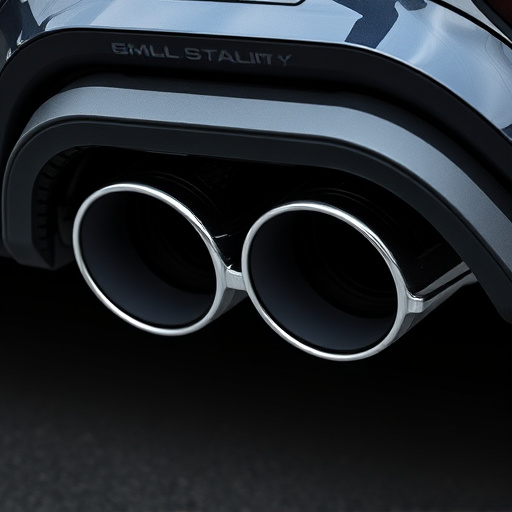
Visible leaks and unusual odors from underneath your vehicle are two of the most obvious signs that your blow off valves might be faulty. These valves, designed to release pressure from your engine’s intake system, play a crucial role in maintaining optimal performance. When they malfunction, it can lead to noticeable issues. Look for any puddles of liquid beneath your car, especially after driving at high speeds or during aggressive acceleration. This could indicate a problem with the blow off valve’s seals or gaskets, allowing cool air to escape and mix with engine oil or coolant, resulting in an unusual odor.
The air intake system, including various components like the blow off valve, needs regular attention to ensure smooth operation. If you notice hissing or blowing sounds coming from under your vehicle, it might be a sign of a leaky blow off valve. These valves are designed to regulate air flow and prevent backpressure in the intake components, such as those found in popular coilover kits. Ignoring these symptoms could lead to reduced engine performance and even potential damage to your air intake system’s delicate components over time.
Recognizing the symptoms of faulty blow off valves is crucial for maintaining your vehicle’s optimal performance. By understanding common sounds, vibration patterns, engine performance issues, and visible signs like leaks and unusual odors, you can promptly identify problems. Regular maintenance and timely repairs ensure your car runs smoothly, preventing more severe engine damage. Keep an eye on these indicators to keep your vehicle in top shape, ensuring a safe and efficient driving experience.









